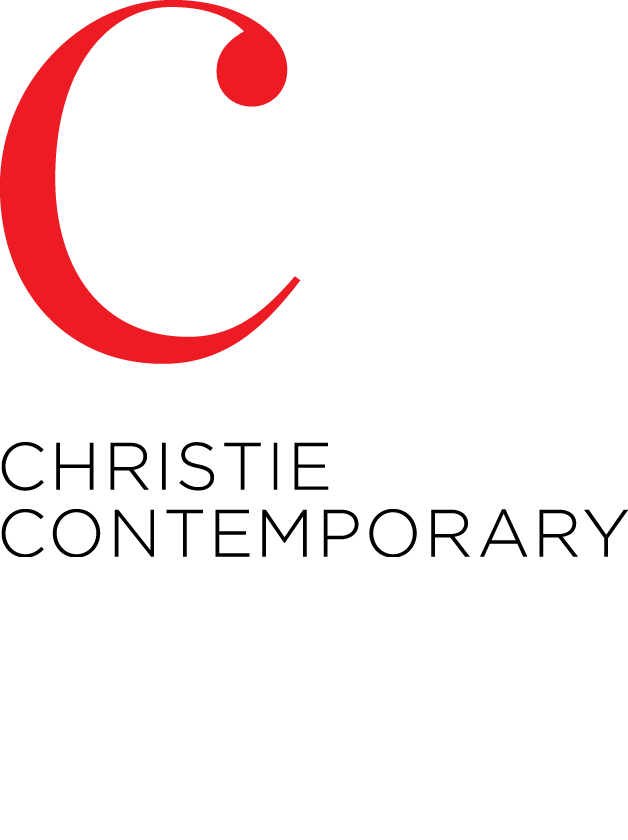Larissa Tiggelers’s recent paintings share a common feature: they present as two distinct halves. This vertical bisecting of the picture plane, rather than rendering them distinct and separate, binds them in a hide-and-seek game of elusive similarity, as their not-quite-mirroring and slippery symmetries act upon the viewer. “Doubling invites the outside in. It amplifies theatricality by suggesting a performative interplay between the two entities. The forms on the left and right of slow next to them, for instance, appear to inhale and exhale like bodies, or crest and fall like waves. And the longer one looks at paintings like two-folding over and not altogether different, the more they disorient and confuse. Their compositions appear to fold and mirror each other, not only along the vertical axis—a strategy Tiggelers has established throughout this body of work—but also along horizontals and diagonals, inverting, flipping, and swapping pieces back and forth across numerous divides.”
[Blair Fornwald, 2024]
READ Blair Fornwald’s full text, Puzzles and Problems: Larissa Tiggelers’ Compositional Doublings in The Remembering Kind


